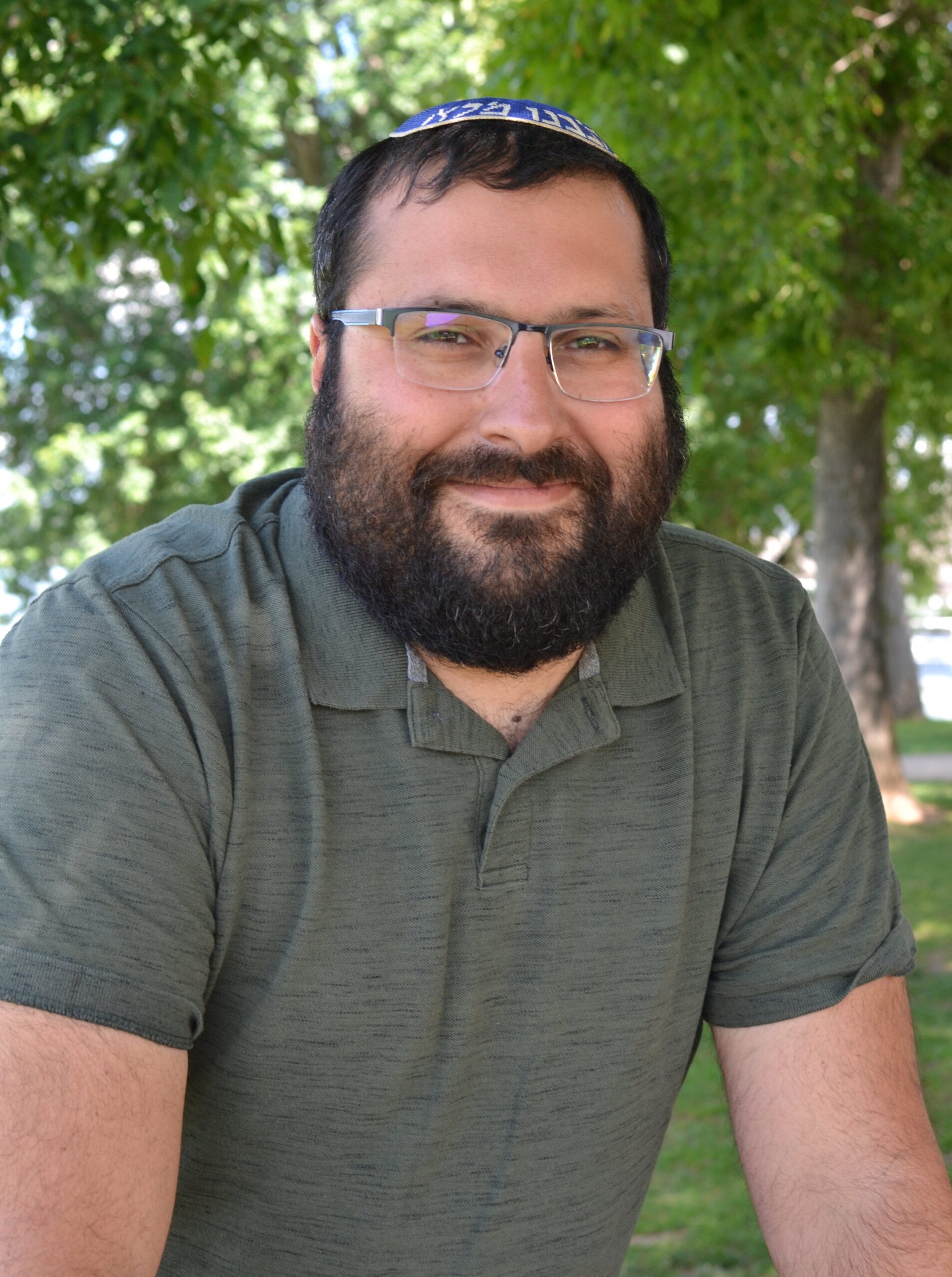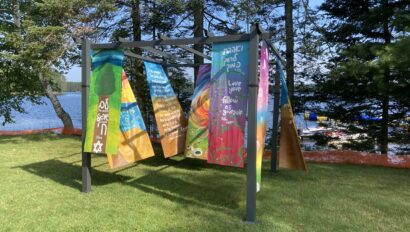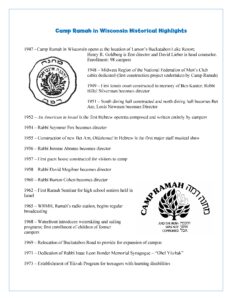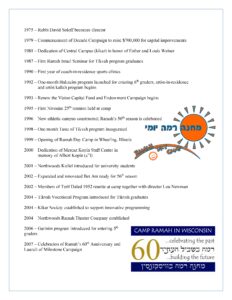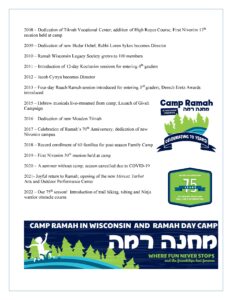by Jacob Cytryn, Executive Director
May 28, 2020
Shavuot is called, in the liturgy, זמן מתן תורתנו / z’man matan torateinu, the time of the giving of the Torah. The great ritual associated with Shavuot, which likely emerged in the last thousand years and became popular a few hundred years ago, is the Tikkun Leil Shavuot, staying up all-night studying Torah. In its most glorious modern expressions it can involve dozens of sessions led by teachers at all levels, on all Jewish topics under the sun, from roughly 10 pm through the first signs of dawn, followed by a spirited davenning (prayer service) for the holiday morning. As someone who connects to Judaism primarily through intellectual engagement, Leil Shavuot is one of my favorite nights of the year. When Shavuot falls during staff week at camp, the Tikkun is always thought-providing, creative and fun.
Though we often point to the Seder as a brilliant example of experiential education, a way of recreating and commemorating the experience of leaving Egypt in an engaging way, we ought to consider giving the Tikkun Leil Shavuot similar praise. In its contemporary expression in communities of significant size – and this year there are week-long Tikkuns and all-night Zoom Tikkuns organized by different segments of the Jewish world – the Tikkun recreates our imagining of what happened on Mount Sinai: a multi-sensory encounter with God, connecting the Jews there with their ancestors and descendants. The experience is sublime, an expression of Jewish diversity and often a literal manifestation of the “70 faces of Torah” that allow us each to find our way into the Jewish tradition.
One of the powerful things about Judaism is that our holidays do everything they can to recreate the original event they are meant to recognize, something that is not necessarily true in all religions. On Shabbat we rest because God rested; on Passover we put ourselves in the figurative shoes of the slaves and the hungry, in the historical past and the present; on Sukkot we dwell in the impermanent booths, providing us a sense of God’s greatness and giving us needed reminders of our own humility. And on Shavuot we receive the Torah, anew, every single year, providing a grand showcase for the intellectual work we are commanded to do every day in our studies.
Rabbi Heschel espoused and popularized an idea that the singular moment of Revelation described by the Torah reading for tomorrow (Exodus 19-20), including the Ten Commandments and the vivid description of Mount Sinai, was simply the first of a cascading series of revelations as God continues to inspire us with wisdom, up to the present day and beyond. I believe strongly that, in Heschel’s eyes, every insight, every reinterpretation, every new meaning made by anyone at any time in their life, is as powerful a moment as the Sinai Revelation, and represents no less than the same revealing of God’s beauty and wisdom in the world.
Over Shavuot I encourage all of us to seek out a book or article from our shelves or the internet, in some way connected to your relationship with your Judaism, and engage with it until you learn a new fact or realize a new insight or connection between facts. In creating knowledge you are effecting this year’s z’man matan torateinu, as powerful and important as the one depicted in the Torah.
Chag sameach.
